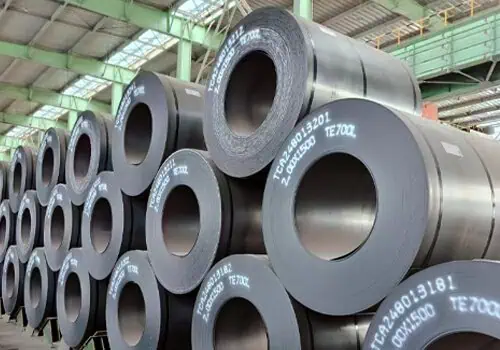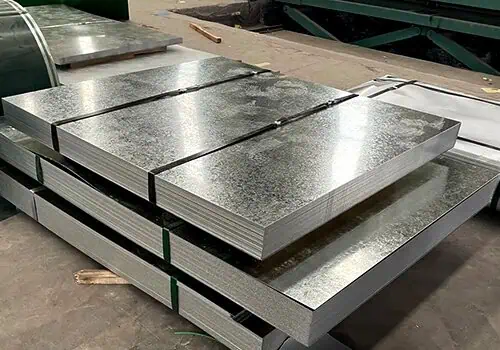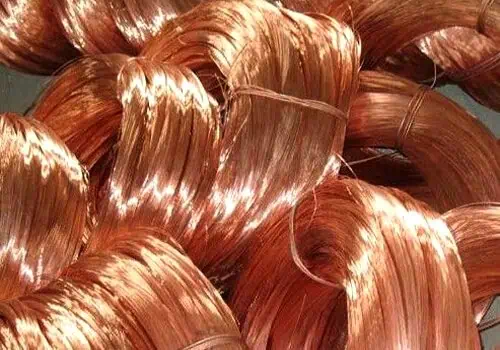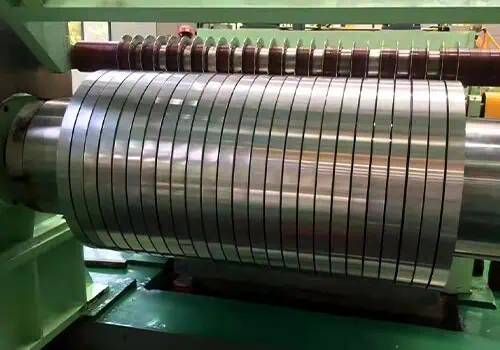Stuck trying to figure out stainless steel pipe and all of the options that are out there? Make the wrong choice and you’ll end up with leaks, rust, and a bunch of wasted money. I’ll help you figure out which pipe is right for your job.
Stainless steel pipes are categorized into seamless, 溶接された, ERW, and EFW types. Grades include 304, 316, 317, もっと. Each type fits specific uses—304 suits general use, 316 for marine or chemical, and duplex for high strength. Check certifications and material codes to ensure quality.
Now let’s break these down and figure out which one is going to be the best for your situation.
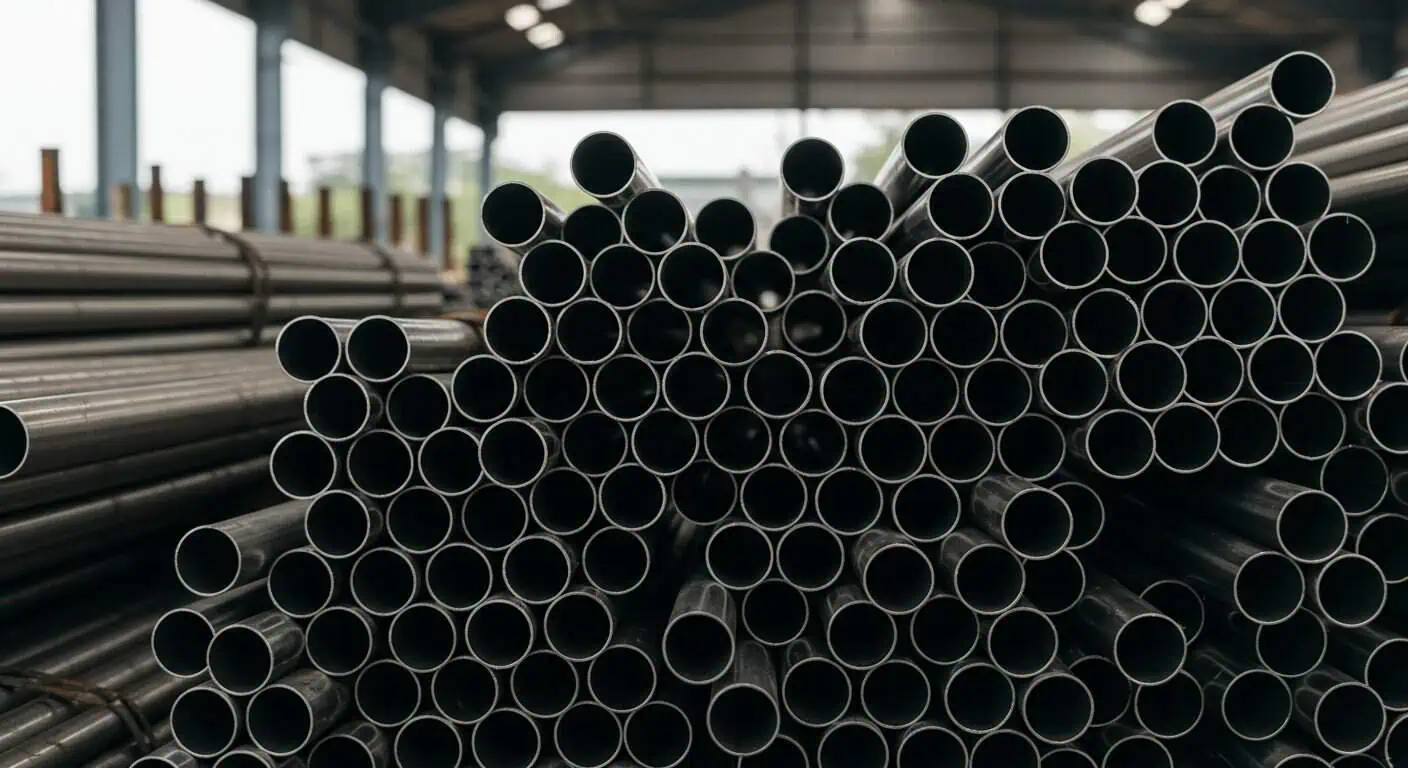
What Are The Different Types Of Stainless Steel Pipes?
Selecting the correct type of stainless steel pipe is crucial to the performance, longevity, and cost-efficiency in your application. With so many options out there, knowing the different categories will help you make the right choice for your project.
Stainless steel pipe comes in four main types: seamless, 溶接された, ERW (Electric Resistance Welded), and EFW (Electric Fusion Welded). Each type offers unique benefits. Seamless pipes are made in a similar way to welded pipes, except that it misses the weld. They are used in high-pressure applications like boilers and heat exchangers. Welded stainless steel tubing is made by rolling a strip of stainless steel into a tube and welding the seam longitudinally. It’s a little more affordable and perfect for low- to medium-pressure systems.
ERW (Electric Resistance Welded) pipes are the cheapest you can buy and are used widely in structural applications. It has excellent dimensional accuracy. EFW (Electric Fusion Welded) pipes are used for higher temperature and pressure applications. When considering which type to choose, always check the stainless steel pipe 仕様, ss pipe material code, and understand where each type falls within the other types of steel pipe.
In summary, use seamless when performance is critical, welded when you need a budget-friendly option, and ERW/EFW for industrial installations. If you need more technical details, refer to a stainless steel pipe grades chart or a stainless steel pipe specifications pdf provided by your supplier.
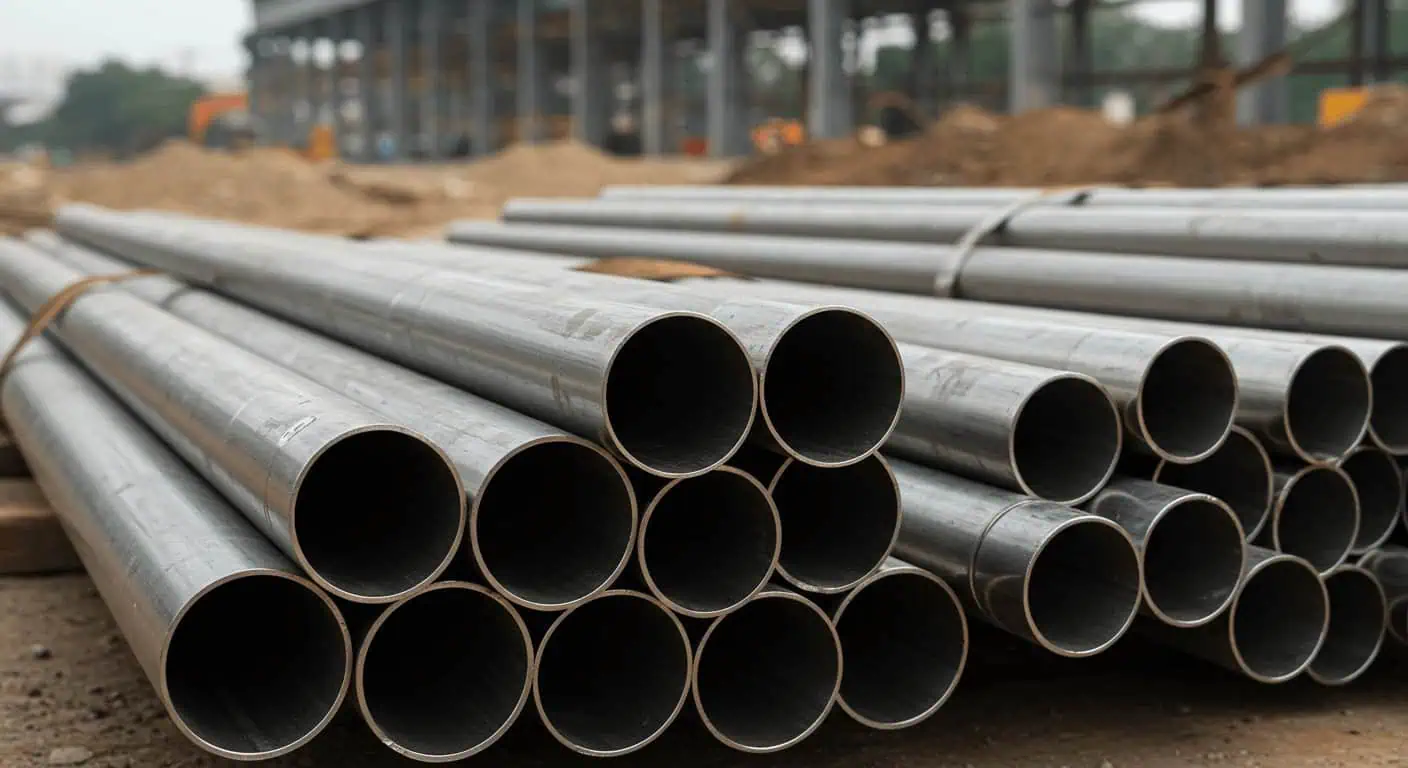
What Are The 4 Classifications Of Stainless Steel?
Understanding the characteristics of the four types will help buyers and engineers choose the right material for the right environment and stress conditions. Remember, stainless steel is not a single material. It is a family of alloys with different properties.
The four categories are austenitic, ferritic, martensitic, and duplex. Austenitic stainless steels, such as 304 そして 316, are nonmagnetic, highly corrosion-resistant, and easy to weld and form. They are used in industries as diverse as food processing and chemical handling. Ferritic stainless steels are magnetic and lower in nickel, making them more affordable but less corrosion resistant. They are used in exhaust systems and kitchenware.
Martensitic ステンレス鋼 is known for its hardness and strength. It is used where wear resistance is important, such as in surgical tools and valves. Duplex stainless steel combines the best of both austenitic and ferritic steels, offering superior strength and resistance to chloride stress corrosion cracking.
To make an informed choice, look at a stainless steel grades chart, ss pipe grades, or a stainless steel pipe grades chart. These resources will help you understand how different grades perform in various applications and environments.

Which Grade Of Stainless Steel Pipe Is Best?
The “best” grade is the one that fits your application. It’s a balance between performance, application, and stainless steel pipe price. But certain grades, based on their properties, stand out in certain situations and shouldn’t be used in others.
Grade 316 stainless steel is often specified for marine, chemical, and medical applications because of its increased molybdenum content. The molybdenum makes it more resistant to chloride-induced corrosion, which is common in salty, acidic environments. Grade 304 stainless, though more affordable, is the mainstay in a wide range of applications including constructing areas, food service, and water transport systems.
If you’re working in more demanding environments, Grade 317 will give you better resistance to corrosion than 316 (especially in acidic conditions), but it’s more expensive. Offshore and chemical facilities might use duplex grades or super austenitic options.
You are going to want to look at technical documents like 304 stainless steel pipe specifications, an ss 304 pipe weight chart, or the ss pipe material code to understand what kind of performance you can expect. Don’t forget that you should use something like the stainless steel pipe specifications to understand what you can and can’t get away with temperature and pressure-wise based on your project.

What Is The Difference Between 304 And 316 ステンレス鋼管?
The 304 vs 316 stainless steel debate is one of the most popular in the pipe sourcing industry. They’re both stainless steel, but they do different things.
Grade 304 is the most commonly used stainless pipe in the world. It’s affordable, easy to weld, and versatile. It’s great for kitchen equipment, railing systems, and general construction. Grade 316 has 2-3% molybdenum, which makes it much more resistant to saltwater, acids, and chemicals.
if it’s going to be in a marine environment, a medical facility, or a place where they’re doing some kind of chemical processing or anything like that, then 316 is probably worth the higher ss pipe price list. Otherwise, 304 welded pipe is going to do just fine and it’s going to be a little bit more economical.
Always ask your stainless steel pipe distributors for the material test certificate (MTC) and then cross-check everything with the ss pipe material code to make sure it is what it says it is. If you have any doubts, look at the stainless steel pipe grades chart and discuss the options with your supplier’s engineering team.
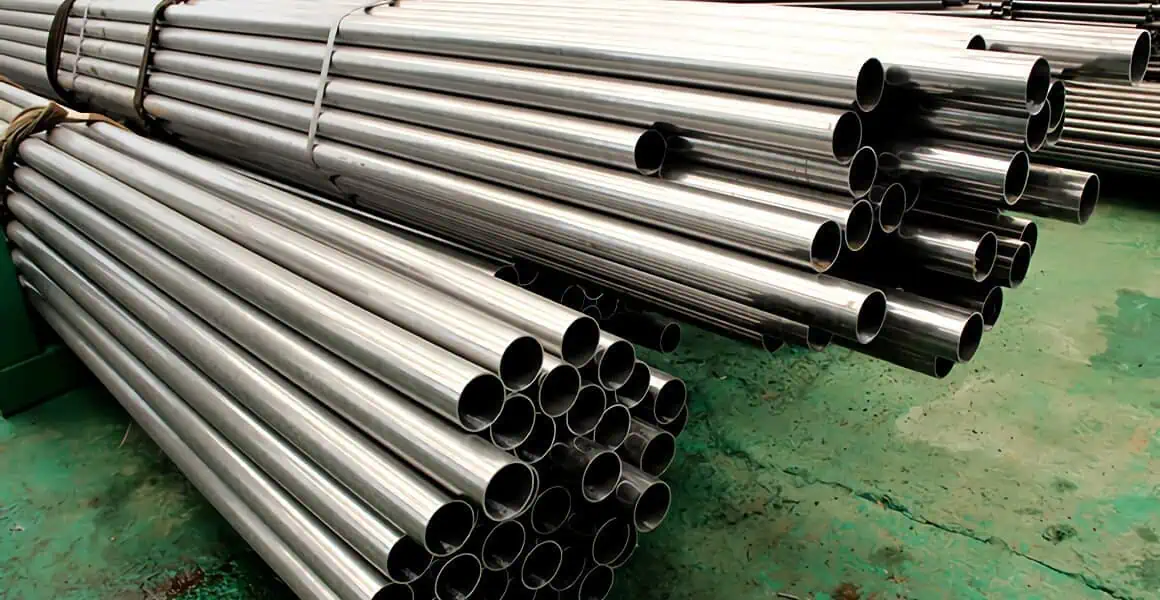
Why Is 316 More Expensive Than 304?
The reason that stainless steel pipe price of 316 そして 304 is higher than 304 is chemistry. The chemistry of what makes 316 better is the addition of molybdenum and more nickel.
Grade 316 has 2-3% molybdenum, which will dramatically increase its corrosion resistance in chloride-heavy or acidic environments. As we talked about earlier, makes it perfect for marine, medical, and chemical industry applications. Also, I believe the price of molybdenum on the world commodity markets is much higher than iron or chromium.
That higher price will be worth it because you’re going to get a longer service life and less maintenance. You might pay more upfront, but in the long run, you’re going to save a lot of money by not having to replace it. And let’s face it, it’s a big, nasty, mess when pipe leaks, and rust or everything starts to fall down. On the budget side of things or if you’re doing something that’s more generic or structural in nature, you can always look at the types of carbon steel pipe for a very low-cost alternative.
When you’re looking at the quotes from your stainless steel pipe distributors, make sure you align the ss pipe material code to what you really need. Sometimes the best quality stainless steel pipe might look expensive on the front end, but when you look at the long-term, it’s actually the cheap way to go.
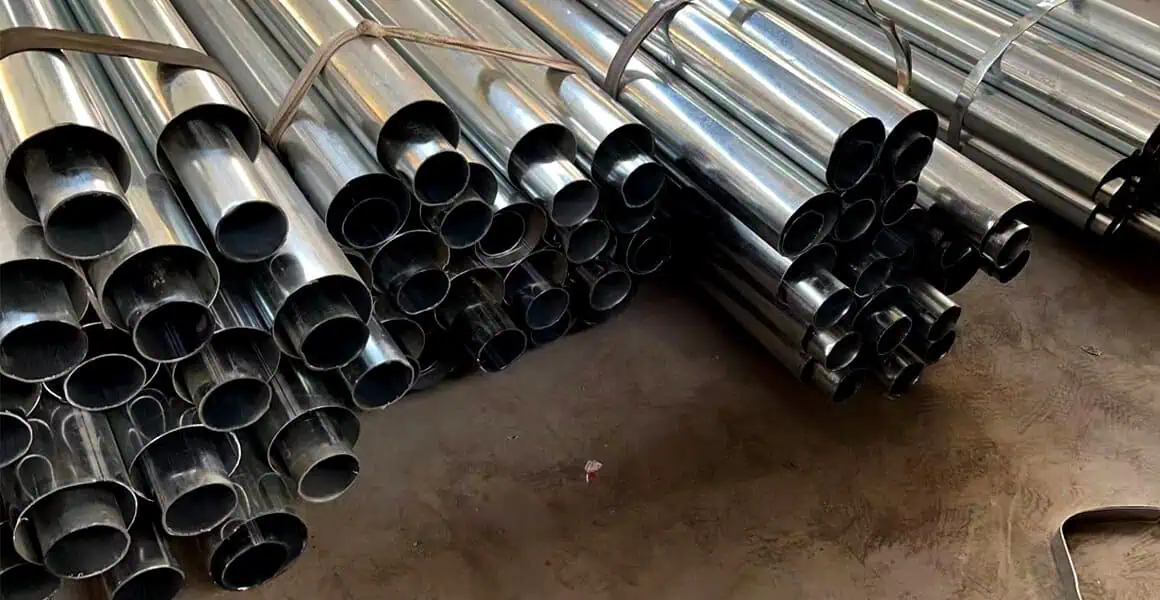
What Is The Cheapest Grade Of Stainless Steel?
If budget is your number one priority, you’re probably going to buy Grade 201 ステンレス鋼. It is less expensive because there’s less nickel in it and that nickel is replaced with manganese and nitrogen to lower the overall cost.
しかし, you are going to give up some corrosion resistance. It’s great for dry indoor applications, stuff for looks or decorative structures. You can use it for a piece of equipment that’s not exposed to harsh chemicals or weather. You probably would not use it in a marine environment, a chemical environment, or anywhere that’s it’s going to be high-humidity or potentially wet.
Check the ss pipe price list or s s pipe price list for current comparisons. Always cross-reference with the stainless steel pipe hs code and stainless steel pipe grades chart to make sure it meets the minimum specifications.
In summary, Grade 201 can be a money-saver in the right context, but it’s not for critical infrastructure or harsh settings. Always balance cost with performance over the long haul.

What Is The Highest Quality Stainless Steel?
If you’re looking for the best of the best, look for 904L, 2205 duplex, or super austenitic grades like AL-6XN. These represent the ultimate in stainless steel pipe options.
These are the best of the best when it comes to resistance to corrosion, tensile strength, and resistance to pitting and stress corrosion cracking. They’re used heavily in offshore drilling, pharmaceutical processing, and nuclear facilities. Because of their high alloy content (nickel, クロム, molybdenum), they are expensive and usually require special handling or even special welding process. しかし, the payoff is that they will last almost forever.
Ask for certifications, including stainless steel process piping test reports and third-party lab analysis. Check dimensions like ss 304 tube sizes and wall thickness to ensure accuracy. You’ll often find these grades in 12” stainless steel pipe or stainless steel 304L pipes used in critical systems.
まとめ
Know your grade, match it to your project, and source wisely. Good piping will save you money, save you time, and save you from a world of hurt.


